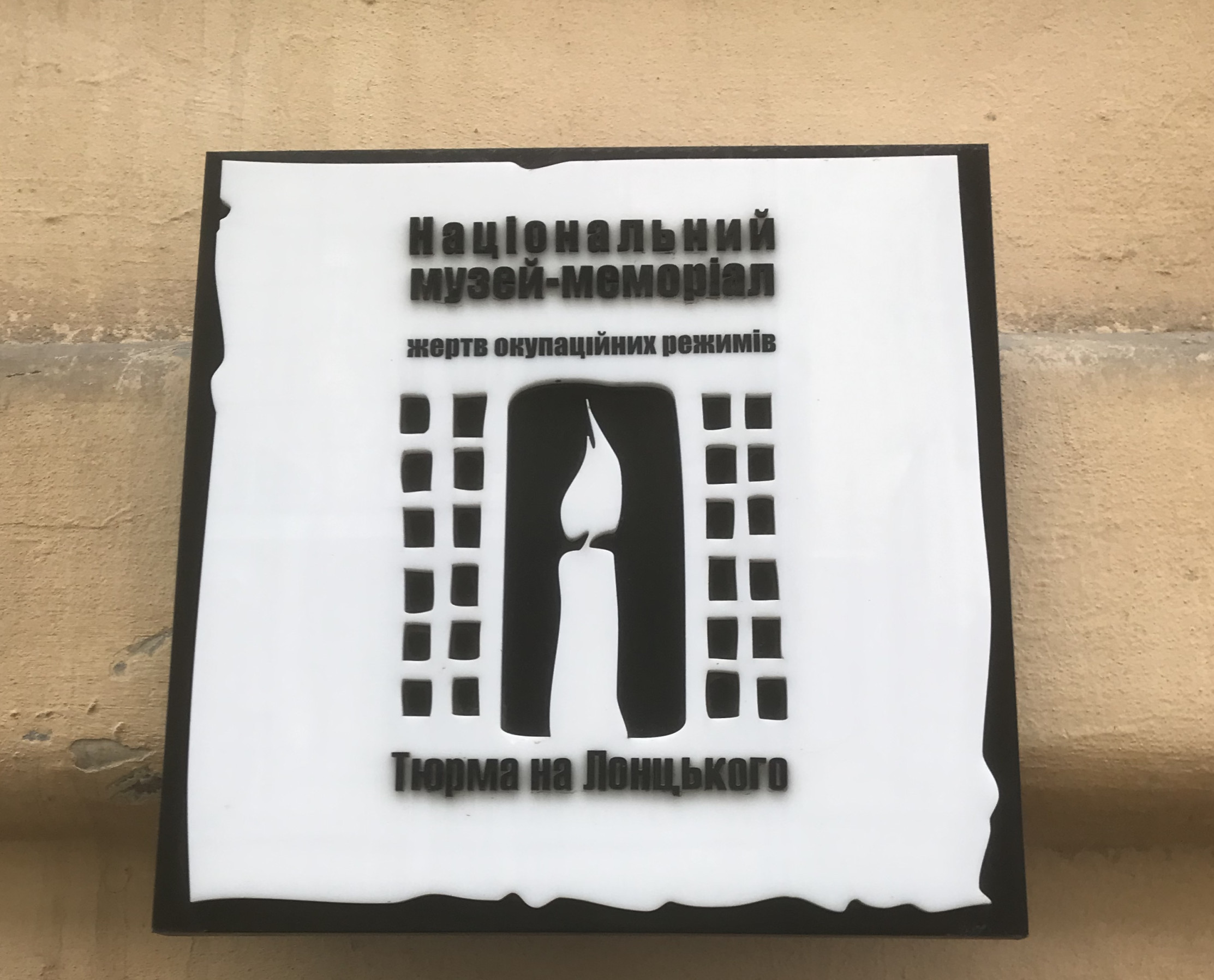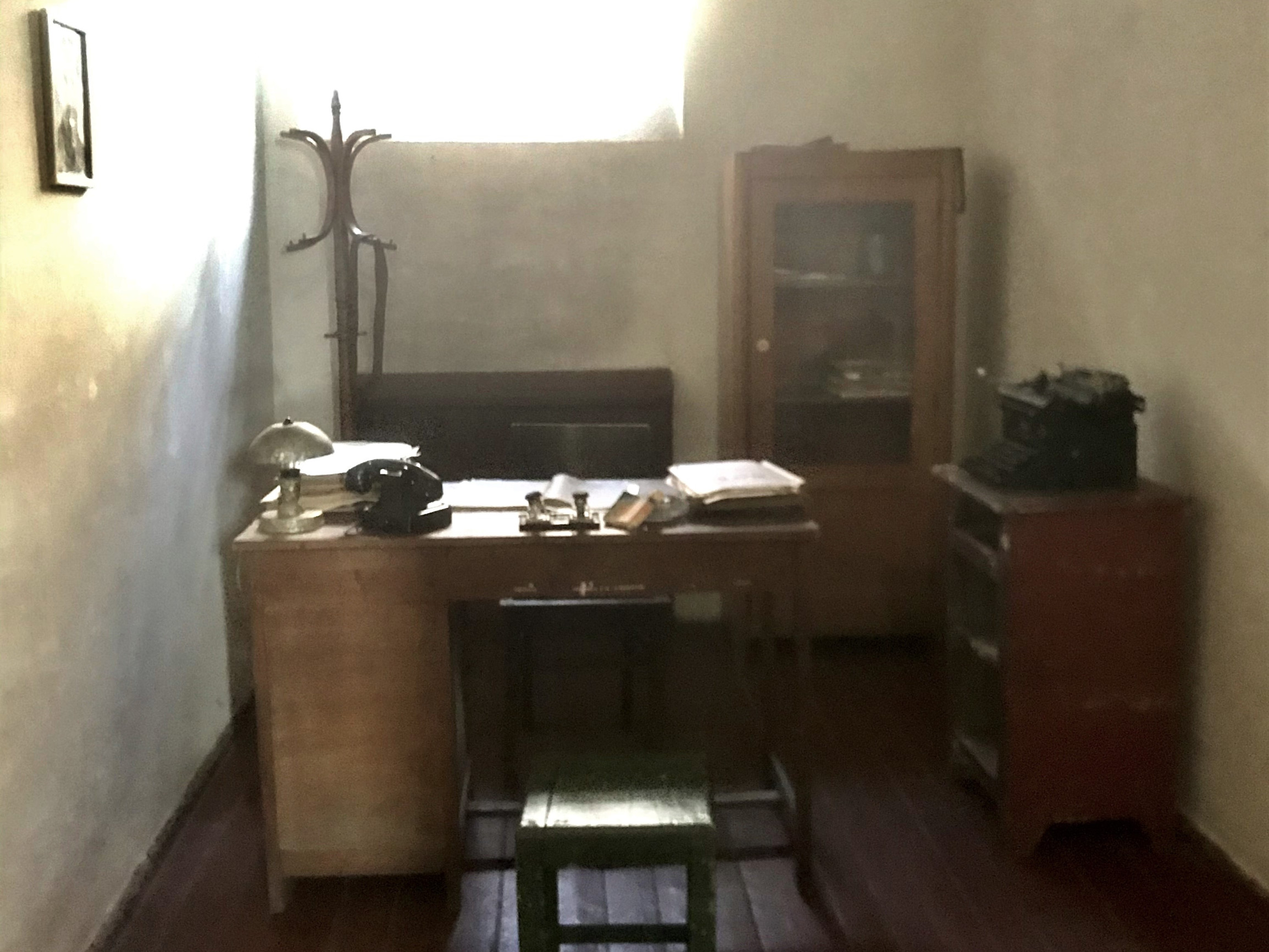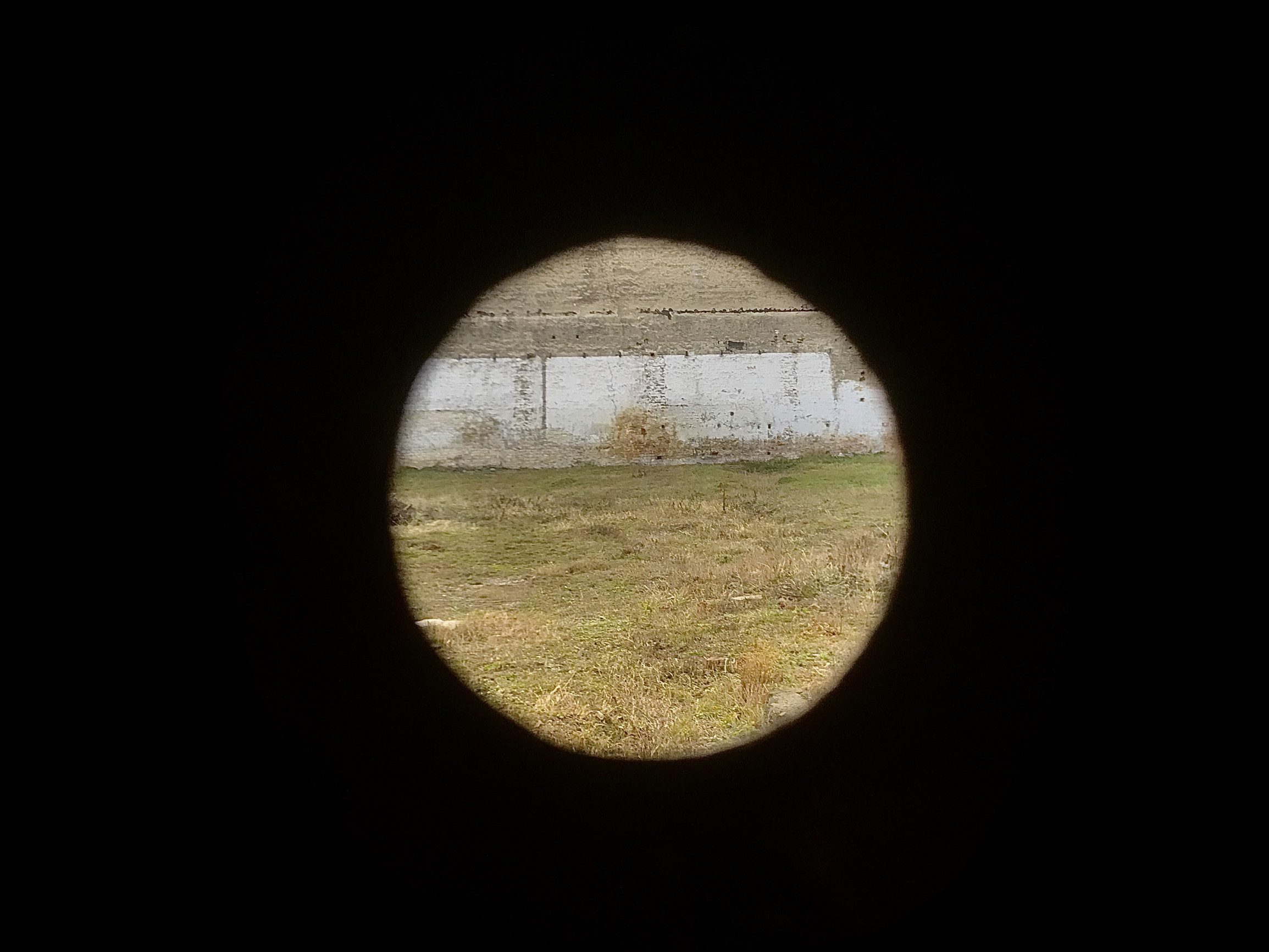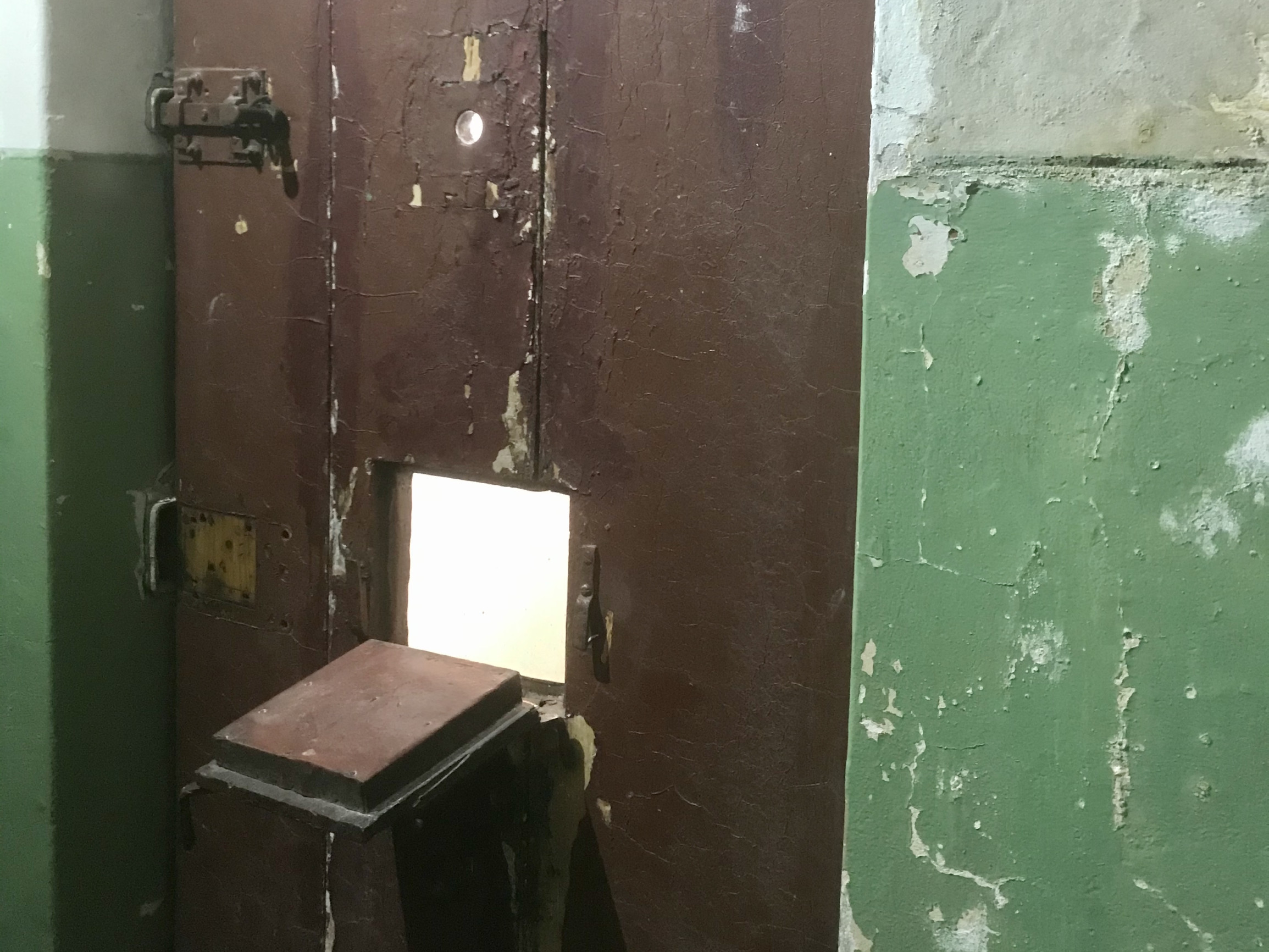“Tiurma na Lonskoho” (Prison on Łącki Street) is a National Museum-Memorial to the Victims of Occupation
Regimes since 2010. A place where you can get closer to the understanding experienced by people and the era, a sad experience, the repetition of which cannot be allowed.
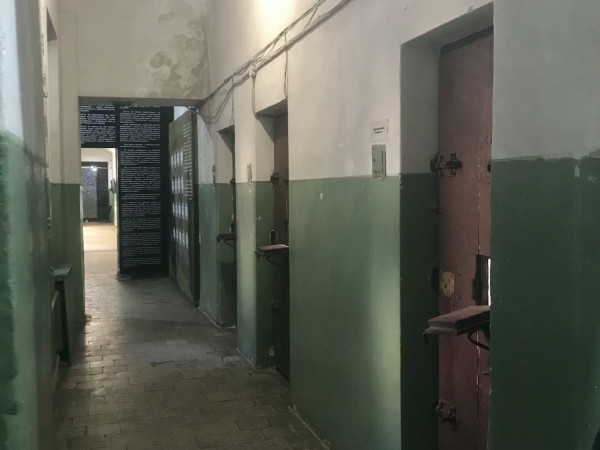
Built in 1889-1890 according to the project of Yu. K. Janowskoho at the intersection of Leon Sapiehy (now S. Bandery Street) and M. Kopernyka streets as the Austro-Hungarian gendarmerie. The prison was built in 1918-1920 during the Polish occupation of the city. The three-story building with a fourth basement with dungeons served as a pre-trial detention center.
It is a well-known fact that the prison was intended only for political prisoners, "enemies" of the political regime, and this difference in the institution was characteristic of all ruling regimes from the time of its establishment until 1991, the year the prison was closed.
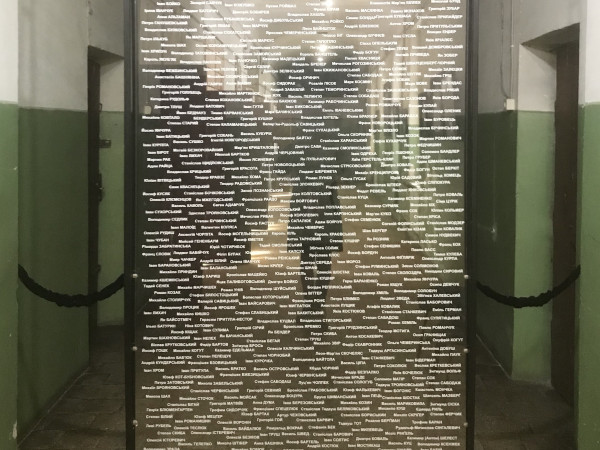
Initially, the prison housed the Fourth Department of the State Police Command, which was responsible for fighting "anti-government" organizations, including the Organization of Ukrainian Nationalists (OUN) and the Communist Party of Western Ukraine.
From 1939 to 1941, during the First Soviet Occupation, the premises passed to the NKVD. Where one of the
bloodiest pages in the building`s history was turned over by the NKVD after the attack by the Third Reich in 1941, more than a thousand prisoners, mostly of Ukrainian, Polish and Jewish nationalities, were shot dead.
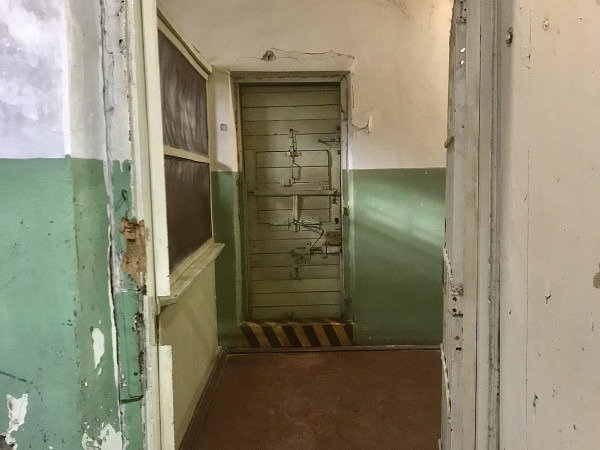
In 1941-1944, the building served as a Gestapo remand prison for Einsatz SD groups, operational military intelligence units of the Security Service created by the Nazi leadership within the SS to eliminate the population and exterminate prisoners of war in the occupied territories.
In 1944-1991 there was an investigative department and a pre-trial detention center of the NKVD (People`s Commissariat of Internal Affairs), the KGB (Committee of State Security), and the State Security Committee (Ministry of State Security) of the USSR.

The museum is important given that the information provided is purely archival material, without undue
subjectivity on the part of its administration. Inside are preserved all the details of the prison building and
prison life. Gray, faded color of the walls, still lost notes on the walls and floor, furniture, and office rooms.
A checkpoint, prison cells, an investigator`s office, a photo laboratory, a "suicide cell" and others have been prepared for inspection.
Reproductions of propaganda posters of that time are presented in a separate hall, so we can observe a
sharp contrast of official propaganda with real life in the USSR. Another room is set aside for an exhibition
of embroidered prison icons, which houses three dozen unique artifacts created by political prisoners in Lviv, Kengir, Chelyabinsk, Magadan and other places of exile. However, some of the icons are made of fishbone, match or cod.
Facebook
Address of the museum: 1 S. Bandery Street (entrance from K. Bryullova Street)
Tel.: +38 094 847 42 20, +38 032 247 42 20
Working hours (except public holidays): Tuesday-Friday, Sunday: 10 a.m. - 7 p.m.
Weekends: Monday, Saturday
Lunch break: 1 p.m. – 2 p.m.
Entrance ticket and tour: Free
Excursion in English, Polish is by appointment only.
